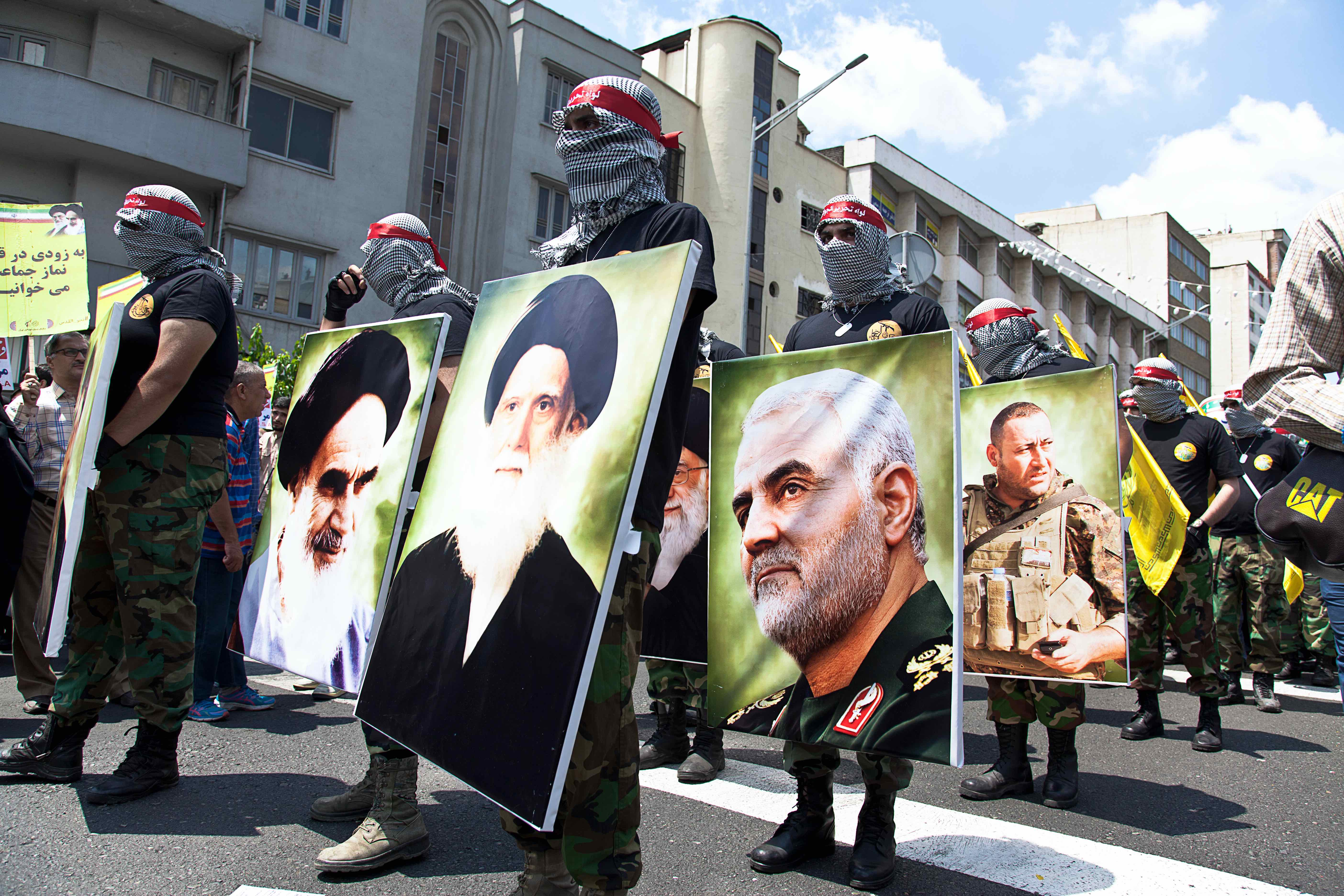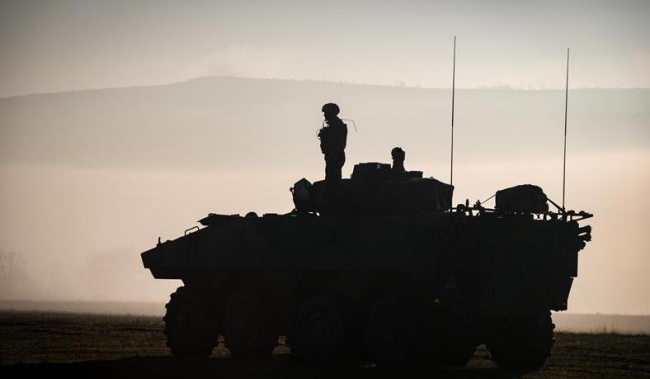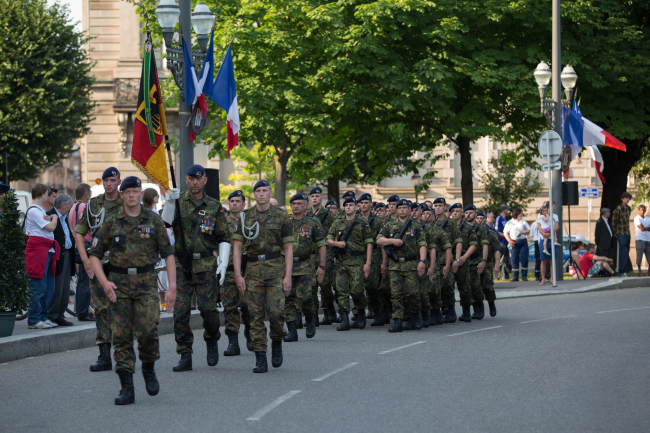L’Iran et ses “proxys” au Moyen-Orient. Les défis de la guerre par procuration

If Iran is a key player in the Middle East, it is in no small part because of its extensive network of armed militia, which it uses as proxies.

This strategy is based on a political, material and sometimes operational support to non-state actors, some of which may have been created by Iran, while others are occasional partners. Since its creation in the 1980’s, the main architect of this strategy is the Quds force, whose task is to coordinate and support those militia’s actions. Moreover, some particularly advanced groups, such as the Lebanese Hezbollah or the Iraqi Badr organization, took an active role in the structuration of the Iranian paramilitary network in the Middle East. After meeting undeniable success in against the Syrian insurgency, in Iraq against the Islamic State, and even in Yemen against the Saudi-led intervention, the “Axis of Resistance” is now facing major challenges: the confrontation with the United States of Donald Trump, but also the threat of a growing political and social unrest, challenging the militia system, in Iran, as well as in countries where these networks are dominant, such as Iraq and Lebanon.
This content is only available in French: L’Iran et ses “proxys” au Moyen-Orient. Les défis de la guerre par procuration.

Available in:
Regions and themes
Share
Related centers and programs
Discover our other research centers and programsFind out more
Discover all our analysesThe Franco-German Brigade and the Revival of European Defense
One thing has been clear since Donald Trump's return to the White House: the very existence of the European unification project is threatened. Unless it develops a sovereign defense policy to counter the war in Ukraine and the weakening of American security guarantees, the European Union will continue to see its internal cohesion and external attractiveness wane.
Taking the Pulse: Can Europeans Build Their Independent Extended Nuclear Deterrent?
Confronted with a U.S. disengagement and the Russian threat, Europeans are reconsidering their stance on nuclear deterrence. Given the capabilities of the French and British arsenals, can Europe develop an independent nuclear deterrent?

RAMSES 2024. A World to Be Remade
For its 42nd edition, RAMSES 2024 identifies three major challenges for 2024.
A Transatlantic Defense Industrial Base? Two Contrasting Views
The evolving landscape of global defense cooperation has brought the transatlantic relationship between the United States (US) and Europe into sharp focus. As geopolitical tensions rise and the threat environment becomes more complex, the question of how Europe can best ensure its security while navigating its relationship with the United States has become paramount. This double feature report offers two contrasting views on the dynamics of US-Europe defense industrial relations, highlighting the challenges and opportunities that lie ahead for both parties.










